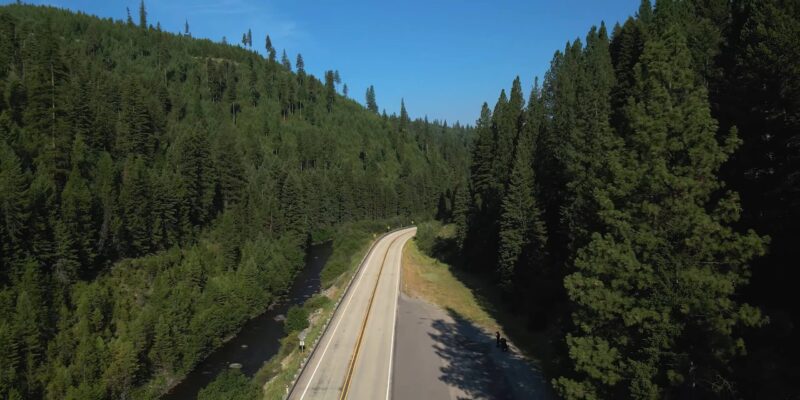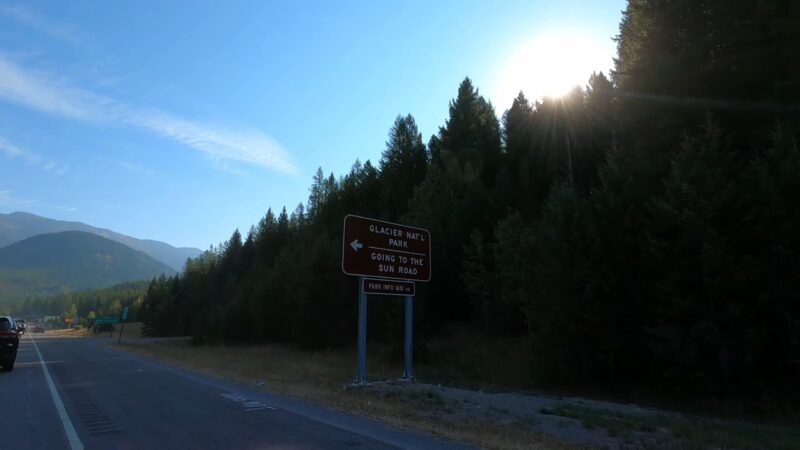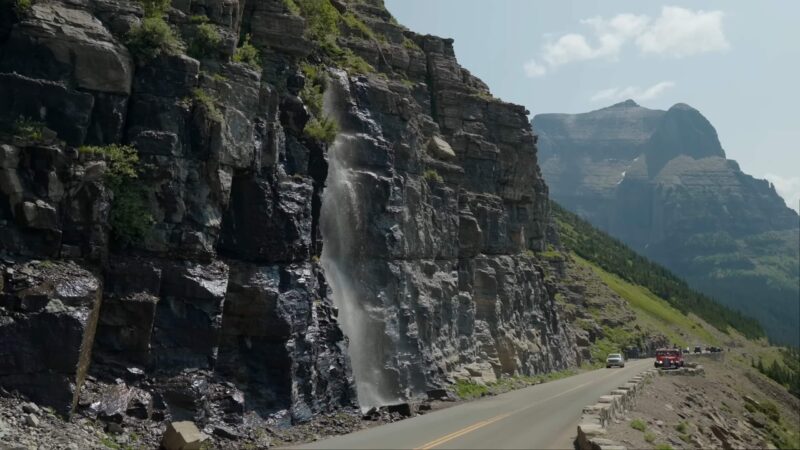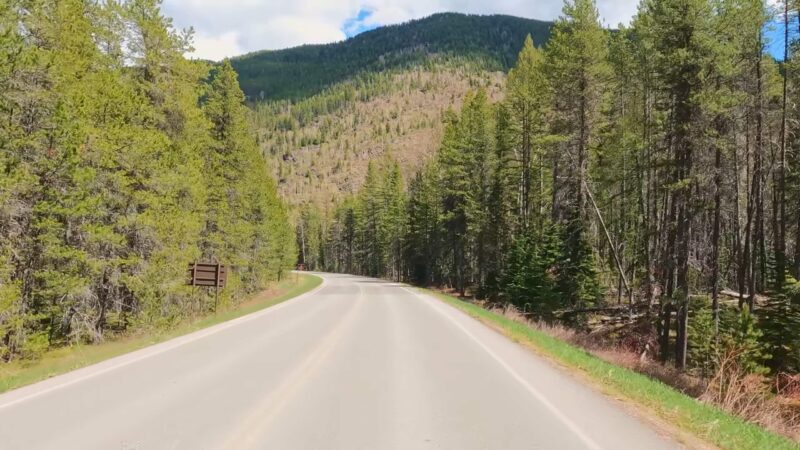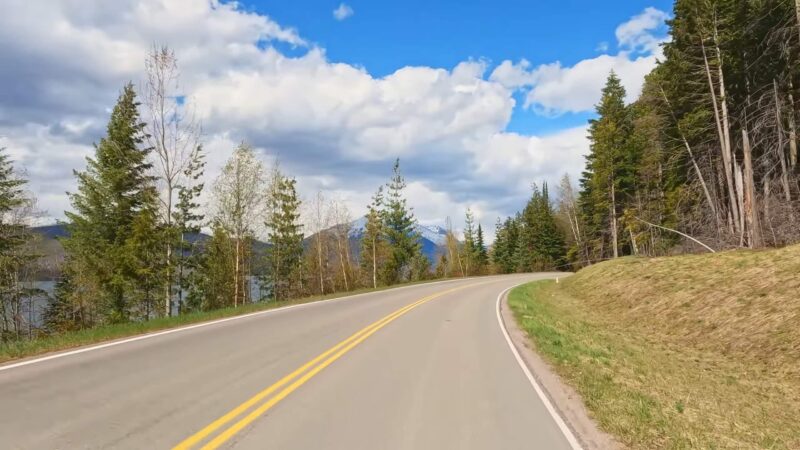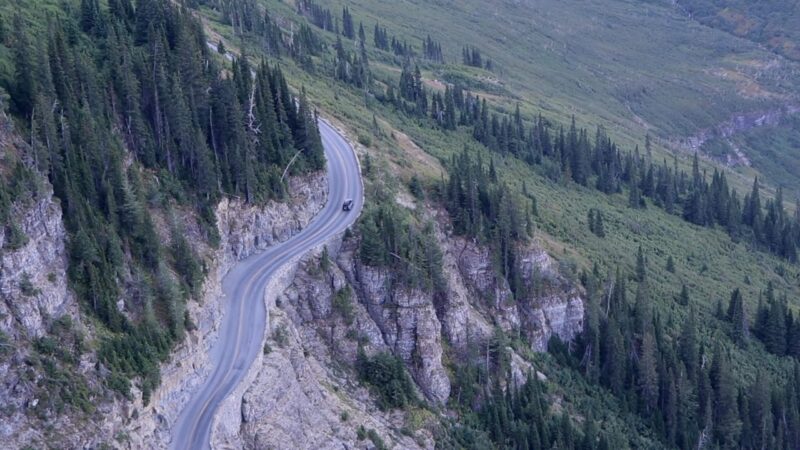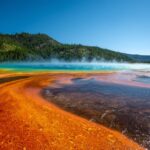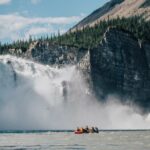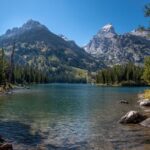Ever since I got my driver’s license, I’ve traveled quite a bit, and let me tell you, Montana has some roads that are not for the faint of heart. The state has everything, from icy mountain passes to narrow cliffside trails, and driving through them can be challenging even for those with more experience.
Stick around as I’m about to share some tales and tips about navigating Montana’s most dangerous roads. There’s a lot to cover, so let’s begin.
1. US-93, Northwest Montana
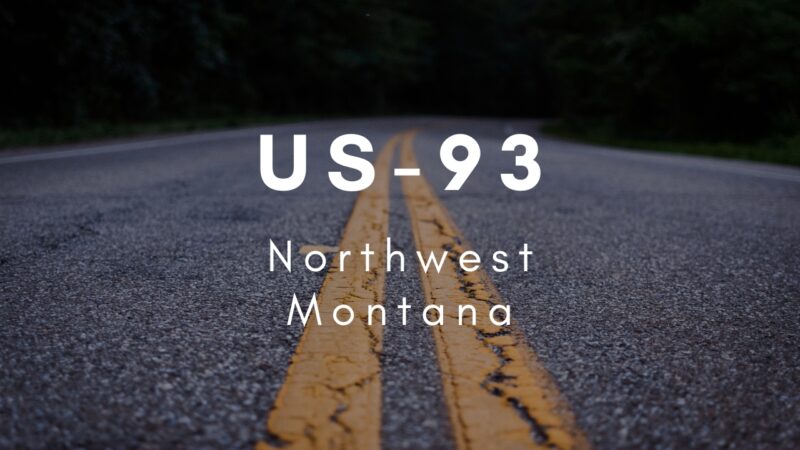
- The second-highest fatality rate in the U.S.
- Heavy traffic and wildlife crossings
Winding its way from Arizona to Canada, US-93 runs right through the heart of Montana. It’s not just the length of this road that puts drivers to the test, but the heavy traffic and frequent wildlife crossings that make it especially challenging.
High speeds and difficult road conditions – especially in the winter – add to the risk, making this one of the most perilous roads in the state. It requires constant vigilance and a sure hand at the wheel to navigate safely.
2. Montana Highway 200, Central Montana
- A high percentage of fatal single-vehicle accidents
- Rural location and poor cell service
Montana Highway 200 stretches across the entire state, featuring some of the most beautiful views in the region. But these views come at a cost. This road has one of the highest percentages of fatal single-vehicle accidents.
The rural location and lack of cell service make it even more dangerous. In case of emergencies, help may be quite far away. It’s a beautiful drive but one that demands respect and care.
3. Going-to-the-Sun Road, Glacier National Park
- Steep cliffs and narrow lanes
- The high elevation and unpredictable weather
Going-to-the-Sun Road is as beautiful as it is dangerous. With steep cliffs and narrow lanes, this road through Glacier National Park offers incredible views but no room for error.
The high elevation can lead to unpredictable weather, making this road even more hazardous. It’s a road that you must experience, but one you should approach with caution and preparation.
4. US-12, Lolo Pass
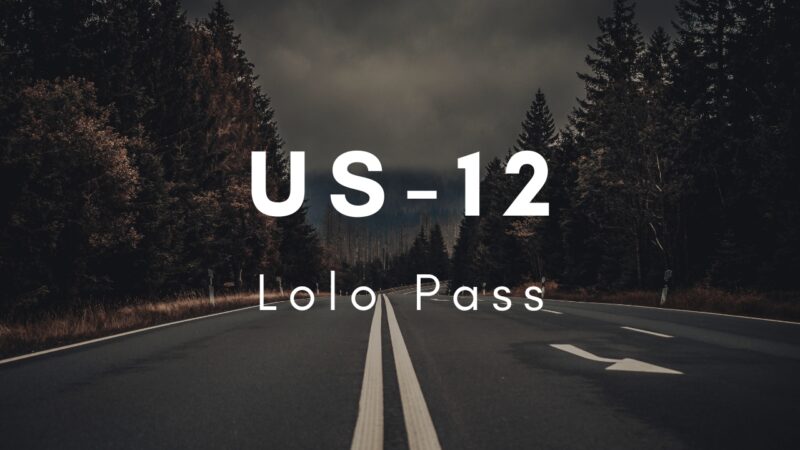
- Sharp turns and steep drops
- High-speed limit and challenging weather conditions
The Lolo Pass on US-12 presents drivers with a series of sharp turns and steep drops. Add to this a high-speed limit and challenging weather conditions, and it’s no surprise this road makes the list.
Despite the dangers, this route is a popular one for its stunning views and historical significance. As with any road, safety should be your top priority.
5. Beartooth Highway
- High elevations and steep grades
- Sudden weather changes and limited visibility
Running from Red Lodge to the Northeast Entrance of Yellowstone National Park, Beartooth Highway challenges drivers with high elevations, steep grades, and sharp switchbacks.
Sudden weather changes and limited visibility, especially in winter, make this a particularly challenging drive. When the weather is clear, it offers some of the most breathtaking views in the state, but one must always be prepared for the unexpected.
6. US-2, Marias Pass
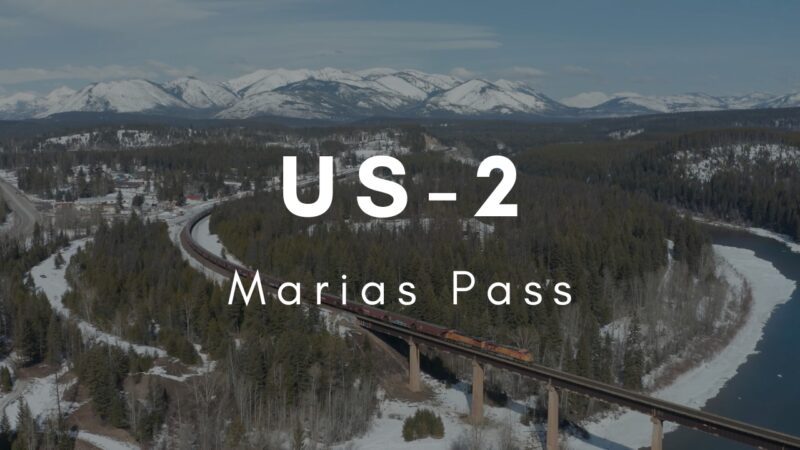
- Avalanche-prone area
- Harsh winter conditions
The Marias Pass on US-2 is known for its spectacular mountain views. But these mountains also make this area prone to avalanches, particularly in winter.
Harsh winter conditions can make the pass treacherous. Nonetheless, the beauty of this route continues to attract adventurous drivers. Always check the weather and road conditions before going on this drive.
7. US-191, Gallatin Canyon
- Winding road with blind curves
- A high volume of traffic and wildlife crossings
US-191 through Gallatin Canyon is a winding road that features blind curves and limited shoulders, making it a challenging drive.
Adding to the danger is the high volume of traffic, including large trucks and frequent wildlife crossings. Drivers must remain alert at all times, particularly at night when visibility is reduced.
8. Skalkaho Highway (MT-38)
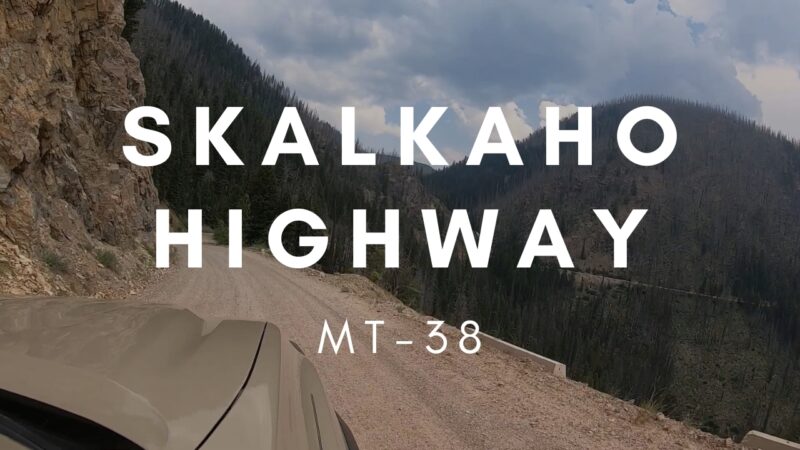
- Unpaved and steep sections
- No guardrails and prone to landslides
The Skalkaho Highway is not for the faint-hearted. Featuring unpaved sections and steep grades, this road can be especially treacherous during and after rain.
The lack of guardrails and the risk of landslides make this a challenging drive, even for experienced drivers.
Safety on the Road
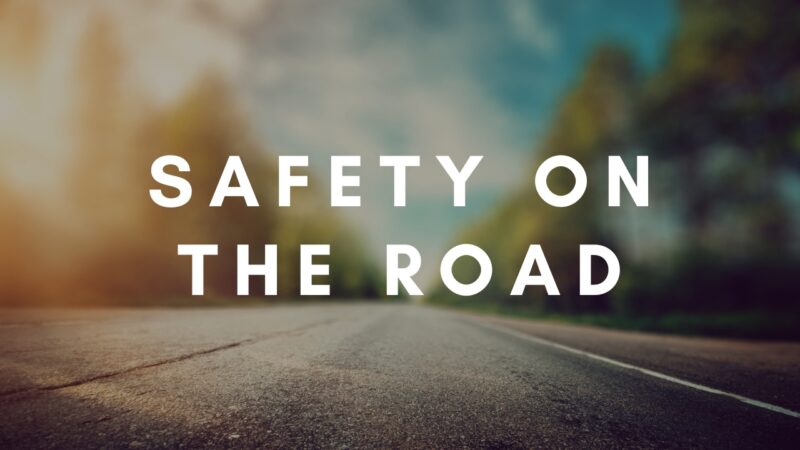
Know Before You Go
One of the keys to safely navigating Montana’s dangerous roads is preparation. Always check the weather forecast before taking the trip. This is especially crucial when driving on high-elevation roads where weather conditions can change rapidly.
Be sure to check road conditions too. Many roads, especially those in mountainous areas, can be affected by landslides, rockfalls, or other hazards. It’s always best to be aware of what lies ahead so that you can plan your route accordingly.
Keep in mind that roads aren’t the only dangerous thing you can bump into in Montana, be careful as there are many unsafe neighborhoods and cities where you should be at alaert at all times.
Drive Defensively and Respectfully
Defensive driving is critical when navigating dangerous roads. This means always staying alert and ready to react to changes in road conditions or the behavior of other drivers. Always keep a safe distance from other vehicles and avoid distractions.
Remember that you share the road with others, including wildlife. Respect their space and be prepared for unexpected encounters. Wildlife can be especially active during dusk and dawn, so extra vigilance is necessary during these hours.
Gear Up and Stock Up

Prepare Your Vehicle
Before setting out, ensure your vehicle is in top shape. I never go on a trip before checking the tires, brakes, headlights, and other key systems. Make sure your vehicle is equipped with the appropriate gear for the weather conditions you might encounter.
For winter driving, this means having snow chains or tires, as well as an ice scraper and de-icer. In summer, it could mean having plenty of water on hand to prevent overheating.
Emergency Supplies
An emergency kit is essential when driving in remote areas. Your kit should include first aid supplies, water, food, a flashlight, blankets, a shovel, and tools for changing a tire. It’s also wise to carry a cell phone charger and a map in case you lose cell service.
Final Words
Well, that’s the scoop on Montana’s wildest roads. These drives are as risky as they are stunning so make sure not to get distracted while enjoying the scenery. Drive safe, keep your eyes on the road, and always be prepared for the unexpected.
I’m Noel Massey, your not-so-typical trailblazer who’s been into hiking for years while herding two mini adventurers, a.k.a. my sons. We’ve tackled trails that would make your GPS do a double-take. Join me as I share tales from the great outdoors, and share some handy tips you could use in the future.

